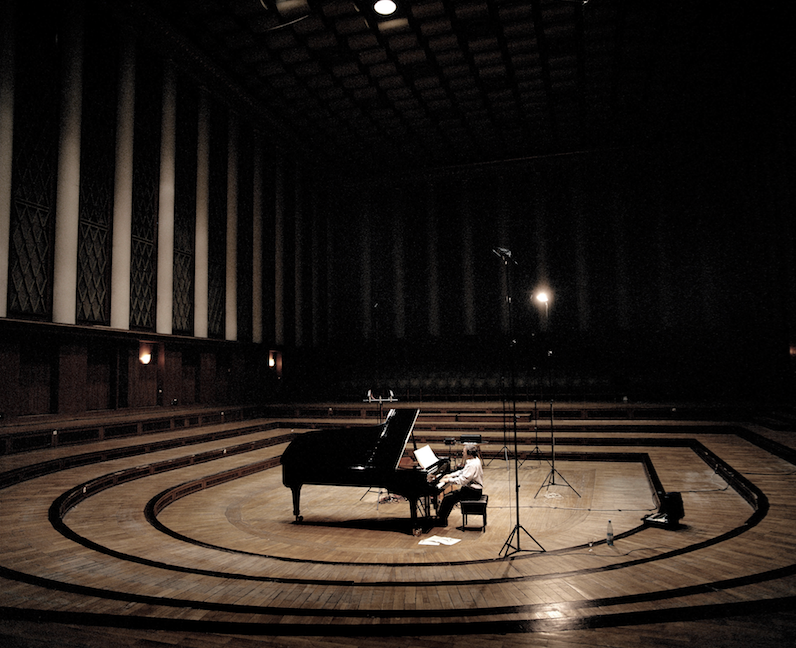A Concert with Murray Perahia in Madrid

I have attended so many classical music concerts, from the Boston Symphony Orchestra to the Wiener Philharmoniker. But every time I step into a concert hall and listen to the musicians play the eagerly awaited first note, I am moved. I feel like I had forgotten what it is like to listen to an orchestra live, to find myself surrounded by the symphonies written by great composers centuries ago, overawed by the ability of human beings to create music so beautiful that it speaks to your soul.
The concert I attended at the Auditorio Nacional de Música in Madrid on the 10th of June immersed me in those very emotions. It was a concert close to my heart, not only because it was the first concert I would be attending in several months, but also because the Academy of St. Martin in the Fields was performing, with Murray Perahia as the soloist. It brought back memories of my year in London, where every evening was a battle between the Royal Opera House, London Symphony Orchestra, Academy of St. Martin, and so many others. But that is a story for another time.
The concert began with Mendelssohn’s String Symphony in C minor “Sinfoniesatz”. As I listened to the violins and violas and cellos playing the notes written Mendelssohn in 1823, it was as if I was transported to the beautiful landscapes and serenity of the Swiss countryside, which inspired the young composer to write this piece. I was struck by how perfectly the music captured the joy of wandering among the rolling hills, feeling close to nature, and was left amazed by the fact that the composer had been only 14 years old when he wrote Sinfoniesatz.
I only had a few seconds to my thoughts, as Murray Perahia came on stage to play Mozart’s Piano Concerto No.9 “Jeunehomme”. The first movement was uplifting, beginning in the style we have all come to associate with Mozart. Murray Perahia on the piano was a feast for the ears. Few pianists succeed in infusing their notes with character like Perahia, and listening to him play Mozart was pure bliss. The orchestra and the piano seemed to be in a graceful dance, almost as if the piano was responding to the call of the orchestra.
The second movement, Andantino in C minor, came as a surprise, being one of the few Mozart movements in a minor key. The tragic sense exuded by this movement corroborated the feeling that I was listening to a truly exceptional work. The Rondo brought back the jovial spirit of Mozart, but there was another surprise in store, which came as the slow minuet amid the rondo. The variations in the composition, the transitions of the tempo, and the artistry of Murray Perahia all made this concerto a heartwarming musical experience.
Time seemed to slip away, like it always does when I am lost in music. It was time for the final piece of the concert, Schumann’s Symphony No. 2 in C major. The symphony, which I had only heard recordings of, made me realise that even the best speakers couldn’t do justice to the sounds created by an orchestra. Even though the notes might be the same, the emotions invoked by those notes, when heard live, are so much more intense. The orchestra took me on a journey that was full of energy. Whenever the music slowed down, it brought a respite that made the next parts sound even more vivacious. The symphony progressed towards a grand crescendo, culminating with a sense of triumph, and before I knew it, I was surrounded by the applause of the audience. The concert had come to an end, but for me, it was the beginning of a night of reflection about the power of music to touch emotions.





